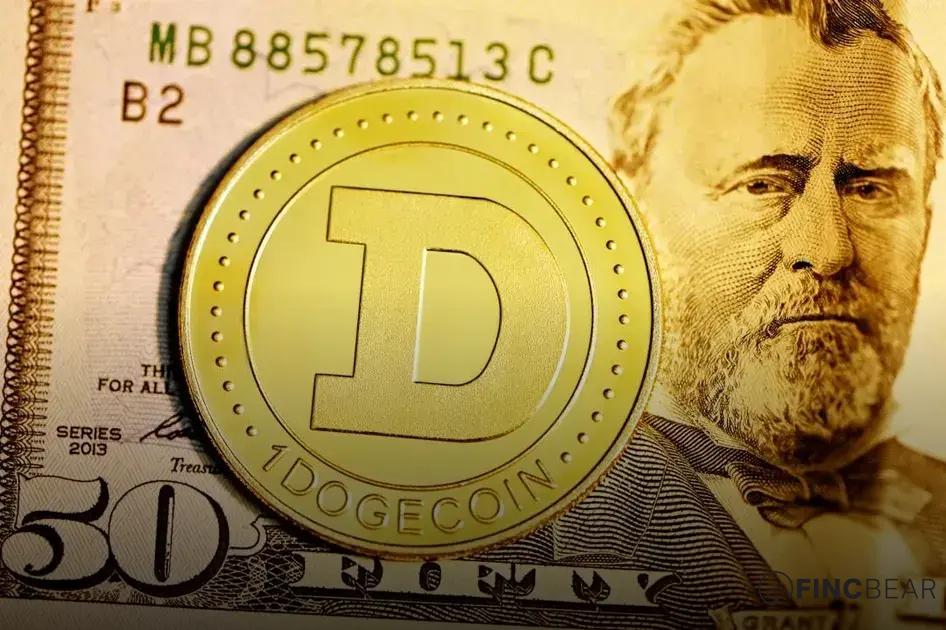With recent shifts in crypto regulations, many investors are questioning, ‘Is crypto staking still worth it?’ Staking can offer enticing rewards, but understanding the regulatory changes is essential. In this blog, we will explore the basics of crypto staking, how new rules affect its viability, and guide you on whether this could still be a lucrative endeavor. Stay tuned as we unravel the future of staking and the benefits and drawbacks you should consider.
Understanding Crypto Staking Basics
Crypto staking involves locking up cryptocurrency in a blockchain network to help validate transactions and secure the network. This process not only aids in network efficiency but also rewards participants with additional coins.
What is Staking? In essence, staking is an activity that many blockchain networks use to promote a secure and inflated blockchain. Unlike proof-of-work systems like Bitcoin, which rely on miners to validate transactions through complex computations, staking relies on participants in the network holding and “staking” their coins.
The reward mechanism for staking incentivizes users to keep their coins within the network, thus maintaining the blockchain’s stability and security. By doing so, users get rewarded based on the amount they have staked and the duration.
Benefits of Staking One of the main benefits of staking is earning passive income. Stakers can achieve this through the blockchain’s native crypto asset. Staking is generally more environmentally friendly than mining, as it requires far less computational power.
Without the need for expensive hardware, more individuals have a chance to participate in network security and earn rewards. The allure of a decentralized income stream motivates many to consider staking, despite its inherent risks and regulations.
Crypto staking might seem complex, but by understanding the basics, enthusiasts can make informed decisions and potentially capitalize on the opportunities it presents. Adapting to regulatory changes and choosing the right platform are vital aspects of successful staking. Exploring these elements thoroughly can lead to enhanced insights into the staking world and help assess if it’s a worthwhile endeavor in the current climate.
Impact of Recent Regulations

The recent regulations in the crypto industry have a significant impact on staking practices. With the introduction of new laws, cryptocurrencies and their operations are facing more scrutiny. This increased oversight affects how staking platforms operate, ensuring greater transparency and security for investors.
Many countries have started to establish concrete guidelines to manage the growth of digital assets, and these regulations directly influence the terms and conditions under which staking is allowed. For instance, the new policies might require staking platforms to enhance their know-your-customer (KYC) processes, ensuring they have proper systems to verify the identities of their participants.
These changes not only increase the trust within the ecosystem but also could lead to higher operational costs, which might be passed on to the stakers. Moreover, as governments aim to control the potential risks associated with crypto staking, regulations may also dictate the type of tokens that can be staked.
The implications of such regulations might mean fewer staking opportunities, but potentially more secure environments. Businesses involved in crypto staking may need to adapt quickly to these regulations to comply fully, often requiring a revamp of their systems to meet legal standards. Thus, investors should stay informed about their country’s specific regulations to ensure they choose platforms that align with current laws, securing their investments’ legality and safety.
Pros and Cons of Staking
Staking in the crypto world has become a preferred way to earn rewards without having to actively trade. Pros of staking include the potential for generating passive income. When you stake, your assets can grow over time as you earn staking rewards. Additionally, staking supports the stability and security of blockchain networks, as it helps them reach consensus. This not only promotes a healthy blockchain but can also potentially increase the value of the staked cryptocurrency.
However, there are cons to consider. One significant drawback is the risk of asset lock-up. When you stake your crypto, you usually agree to lock it away for a certain period, which means you might miss out on potential market opportunities due to lack of liquidity. Moreover, market volatility can impact the value of your staked assets, potentially leading to financial loss if the price of your crypto drops significantly.
Recent regulations have also affected staking practices, adding a layer of complexity. It’s crucial to stay informed and comply with regulatory requirements to protect your investments. Being aware of these aspects of staking can help you make informed decisions about whether or not it remains a viable option for you.
How to Choose the Right Staking Platform

Choosing the right staking platform is crucial, especially given the evolving landscape of crypto regulations. Security is a primary concern. Look for platforms that offer robust security measures including two-factor authentication and cold storage options. Reputation is another vital factor. Research user reviews and industry reputation to ensure you’re selecting a trustworthy platform.
Regulatory compliance is increasingly important. Ensure the platform adheres to new regulations which might include KYC (Know Your Customer) procedures and reporting requirements. These help prevent fraud and protect your investment. Fees can significantly impact your returns, so compare the cost structures and choose a platform with transparent and competitive fees.
Consider the stake options available. Some platforms offer flexible terms, allowing you to stake and unstake with ease. Others provide higher rewards for longer lock-in periods. Analyze your investment goals to decide what suits you best. User experience can make or break your staking journey. An intuitive interface and responsive customer support are key aspects to evaluate.
Lastly, assess the return on investment (ROI). Platforms often vary in the rewards they offer, so compare this metric across different options. Factor in your risk tolerance and investment strategy to maximize potential gains.
Future of Crypto Staking: What’s Next?
Cryptocurrency staking, a method where investors lock up their coins to support network operations in exchange for rewards, is evolving with the changing regulatory landscape. Recent regulations around the world are significantly influencing how staking functions, highlighting the need for stakeholders to remain informed and adaptable. As these regulations continue to develop, questions around the viability and profitability of staking persist.
One key area of focus is how regulatory bodies are shaping staking frameworks to ensure security and transparency. This, however, has led to a diversification of staking options, with decentralized finance (DeFi) platforms offering new models that challenge traditional PoS (Proof of Stake) systems. DeFi’s rapid growth suggests a potential shift toward more decentralized staking mechanisms, but it also raises new questions about security and governance.
Investors are also pondering the impact of these emerging regulations on staking yields. Traditionally, staking has provided an attractive passive income stream, but regulatory restrictions might impact these returns. Tax policies and compliance measures are other factors that could redefine the staking landscape.
As staking technology continues to improve with advancements such as layer 2 solutions, staking may become more accessible and efficient. These technological innovations will likely drive future growth and adaptation in crypto staking, fostering new opportunities and challenges.
Thus, understanding the nuances of forthcoming regulations and technological trends will be crucial for stakeholders who wish to stay ahead in the evolving world of crypto staking. As new developments emerge, it will be important to continuously evaluate the staking environment to make informed decisions. Staying updated on these fronts can mean the difference between mere participation and substantial profit.





